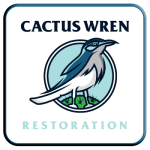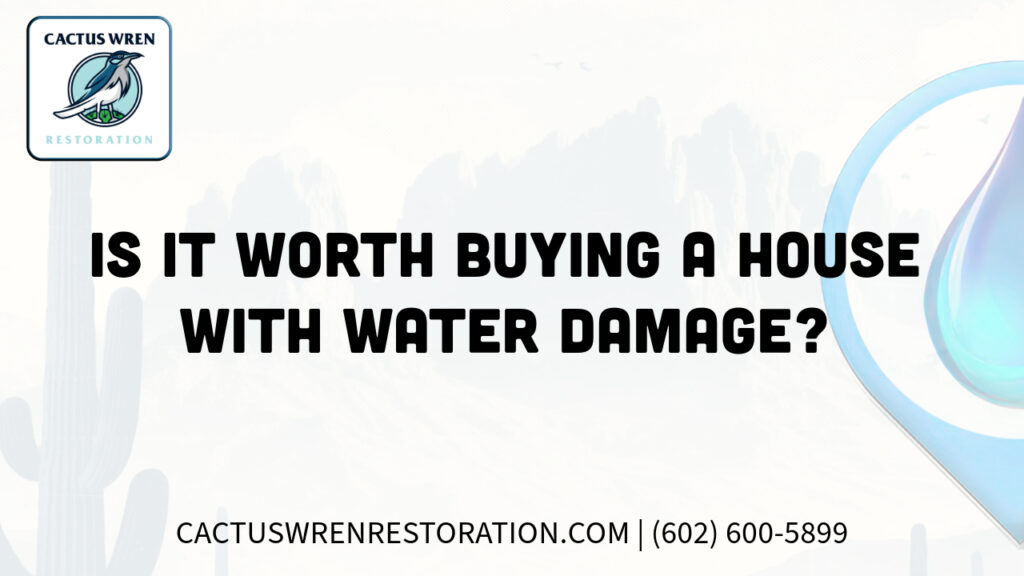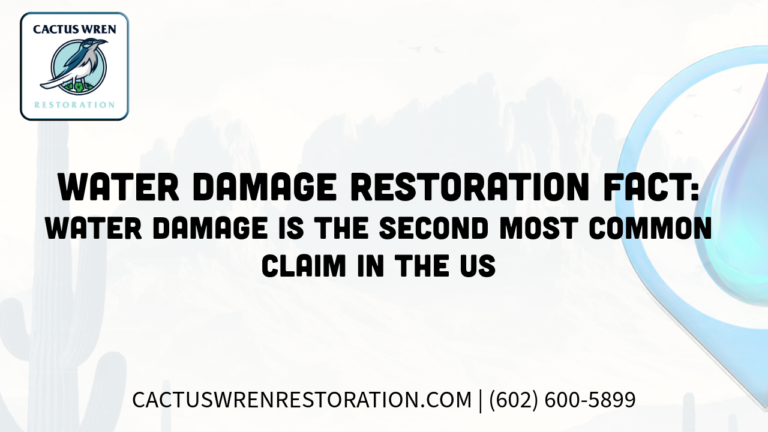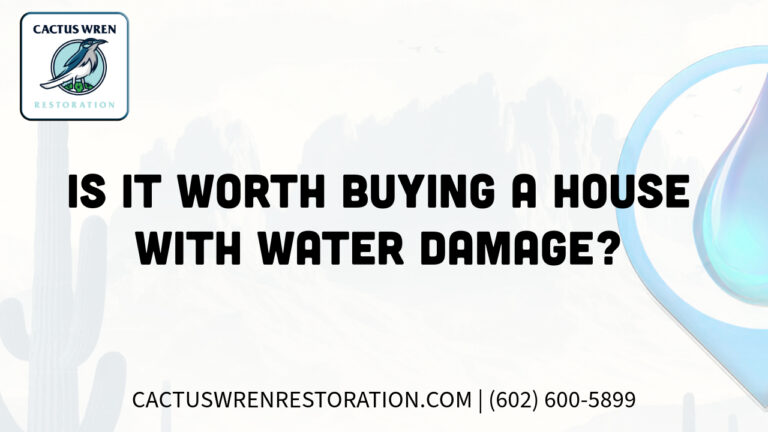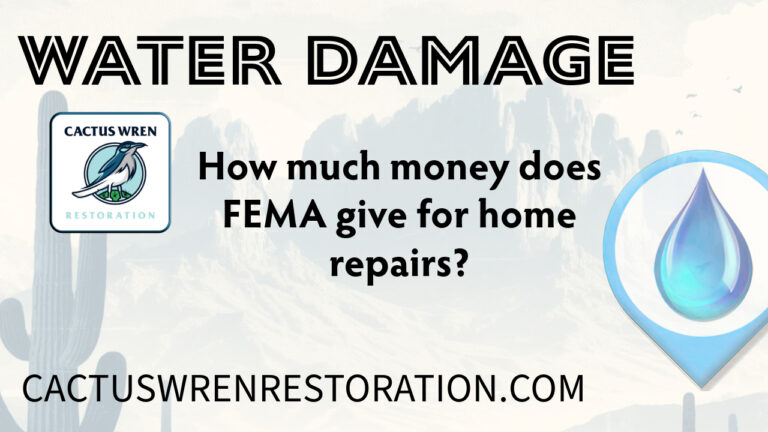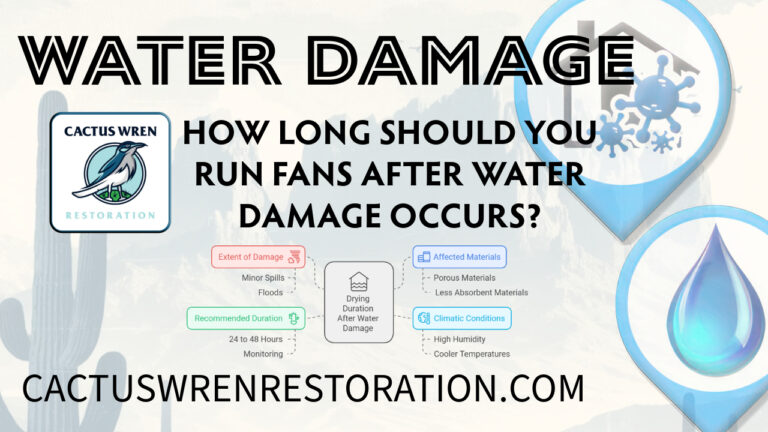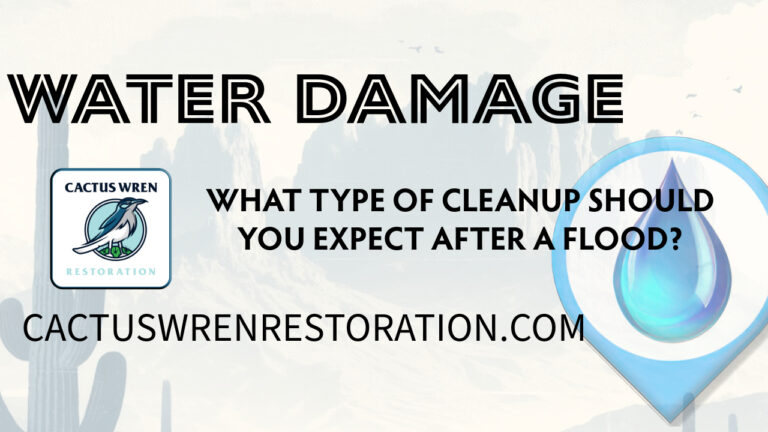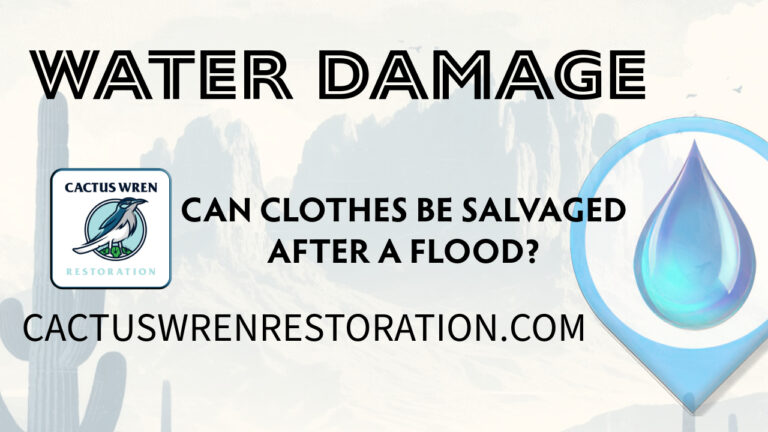Table of Contents
ToggleIs it Worth Buying a House with Water Damage?
Introduction
Imagine standing at the crossroads of opportunity and risk, holding the keys to a house that whispers stories of past storms and leaks. The allure of purchasing a house with water damage can be both tempting and daunting. But is it truly worth diving headfirst into these waters? Let’s explore this intriguing question and discover what lies beneath the surface.
Key Points
- Water damage can threaten both the appearance and structural integrity of a house.
- Thorough inspections and professional estimates are critical before finalizing a purchase.
- Moisture mapping and dehumidification are key steps in the restoration process.
- Investigate insurance details to ensure you have adequate coverage for water-related issues.
- Local programs and grants may help with some of the repair costs.
The Bottom Line
Important Definitions
Here are a few industry terms you might come across when dealing with water damage restoration:
- Moisture Mapping: The process of using specialized tools (like moisture meters) to pinpoint areas with elevated water levels. This helps professionals know where to focus drying efforts.
- Dehumidification: The act of removing excess moisture from the air using dehumidifiers. This step prevents further damage and discourages mold growth.
- Hydroscopic Materials: Items (like certain woods or fabrics) that readily absorb moisture from the air, increasing the risk of warping or mold.
- Mold Remediation: A series of actions to remove mold growth, sanitize surfaces, and prevent future outbreaks.
Understanding Water Damage
Water damage is like an invisible adversary, creeping silently through walls and floors, leaving behind a trail of destruction. It can stem from various sources: burst pipes, heavy rainfall, or flooding. Such damage not only affects the aesthetic appeal but also compromises the structural integrity of a home.
The Pros and Cons of Buying a Water-Damaged House
Purchasing a water-damaged house is akin to finding a diamond in the rough. On one hand, there are potential savings and investment opportunities. On the other, there’s the looming threat of costly repairs and hidden issues. Let’s weigh the factors:
Pros:
- Lower purchase price
- Potential for high returns after restoration
- Opportunity to customize renovations
Cons:
- Unpredictable repair costs
- Possible mold growth
- Difficulties in obtaining insurance or financing
Exploring opportunities in areas like Eloy, Coolidge, or Paradise Valley can also provide more insights into similar situations. Be sure to check your local city or county building codes for guidelines on required permits and inspections.
Assessing the Extent of Damage
Before signing on the dotted line, it’s crucial to assess how deep the water has seeped into your prospective home’s bones. A thorough inspection by professionals is essential. They can identify areas of concern that might not be apparent to an untrained eye, ensuring no stone is left unturned.
Assessing the Extent of Damage
Before signing on the dotted line, it’s crucial to assess how deep the water has seeped into your prospective home’s bones. A thorough inspection by professionals is essential. Organizations like the International Association of Certified Home Inspectors (InterNACHI) can connect you with certified inspectors who specialize in evaluating water damage.
The Restoration Process
Restoration is akin to breathing new life into a weary soul. It involves several steps:
- Drying out the moisture using dehumidifiers and air movers.
- Repairing structural damage to floors, walls, and support beams.
- Addressing mold issues through remediation techniques that clean and sanitize surfaces.
For additional guidance, the Arizona Department of Environmental Quality (ADEQ) offers resources on environmental safety and compliance.
Hiring a Professional Water Damage Restoration Company
When dealing with water damage, engaging a professional restoration company ensures the job is done efficiently and effectively. Companies like Cactus Wren Restoration offer comprehensive services to address water damage issues.
Benefits of Hiring Professionals:
- Expertise and Experience: Trained technicians can accurately assess damage and implement appropriate restoration techniques.
- Advanced Equipment: Professionals utilize specialized tools for water extraction, drying, and dehumidification.
- Preventing Secondary Damage: Prompt and thorough restoration prevents issues like mold growth and structural deterioration.
- Insurance Assistance: Restoration companies often assist with insurance claims, streamlining the process for homeowners.
For residents in the Gilbert, AZ area, Cactus Wren Restoration provides 24/7 emergency services, ensuring timely response to water damage situations.
Key Considerations Before Purchase
Buying a house with water damage is not a decision to be taken lightly. Consider the following:
- Inspection Reports: Always obtain detailed reports from certified inspectors.
- Cost Estimates: Get quotes from multiple contractors to anticipate repair costs.
- Insurance: Consult with insurance providers about coverage for water damage.
- Financing: Ensure your lender understands and supports your decision.
Understanding the nuances of insurance is critical. For example, flood insurance is typically not included in standard homeowner policies and may require a separate policy through the National Flood Insurance Program (NFIP).
Important Definitions
Here are a few industry terms you might come across when dealing with water damage restoration:
- Moisture Mapping: The process of using specialized tools (like moisture meters) to pinpoint areas with elevated water levels. This helps professionals know where to focus drying efforts.
- Dehumidification: The act of removing excess moisture from the air using dehumidifiers. This step prevents further damage and discourages mold growth.
- Hydroscopic Materials: Items (like certain woods or fabrics) that readily absorb moisture from the air, increasing the risk of warping or mold.
- Mold Remediation: A series of actions to remove mold growth, sanitize surfaces, and prevent future outbreaks.
Interactive Checklists or Worksheets
Below is a simple checklist you can use when evaluating a water-damaged home:
- Visual Inspection:
- Look for discoloration on walls or ceilings
- Check for warping in flooring and baseboards
- Note any musty odors
- Professional Assessment:
- Hire a certified home inspector
- Request a moisture mapping report
- Ask for a mold inspection if you suspect growth
- Repair Estimates:
- Get written quotes from at least two contractors
- Ask about the timeline for each repair phase
- Insurance and Financing:
- Contact your insurance agent to discuss coverage
- Ensure your lender knows about the water damage
Using a printable worksheet can help you stay organized and keep track of all the important details.
Local Resources and Links
If you’re considering buying a water-damaged property in Arizona, here are some useful resources:
- Arizona Department of Environmental Quality (ADEQ):
ADEQ Website – Offers water quality and environmental compliance information. - City or County Building Codes:
Check your local municipality’s website (e.g., City of Gilbert) for guidelines on required permits and inspections. - County Health Department:
Look for mold guidelines and local regulations on health concerns related to water damage.
Highlight Potential Financial Assistance and Insurance Nuances
- Grants or Local Funding: Some municipalities or counties offer housing rehabilitation grants. Research local government programs that could help offset repair costs.
- Insurance Tips:
- Flood Insurance: Typically not included in standard homeowners’ policies, so check if you need a separate flood policy.
- Documentation: Keep photos and records of water damage to support your claim.
- Coverage Gaps: Understand your policy deductibles and any exclusions around gradual leaks or poorly maintained pipes.
The Bottom Line
Owning a home with water damage is like embarking on an adventurous journey—filled with challenges yet promising great rewards. By taking meticulous steps, consulting with experts, and understanding your financial responsibilities, you can transform a water-damaged property into a cherished haven.
FAQs
Q1: Can a house with water damage be saved?
A: Absolutely! With proper inspection and professional restoration services, many water-damaged homes can be restored to excellent condition. The key is to act promptly before issues like mold set in.
Q2: What are the signs of severe water damage?
A: Look for warped flooring, musty odors, visible mold growth, and peeling paint. These are telltale signs of significant water intrusion. A professional inspector can help you uncover hidden issues as well.
Q3: How can I find reliable restoration services?
A: Research local restoration companies with proven track records. For instance, those offering fire damage restoration services in cities like Glendale often have expertise in water damage, too. Always read reviews and ask for references.
Q4: Is mold always toxic?
A: Not all mold is toxic, but any mold growth can be a health concern. It’s best to treat it quickly through a certified mold remediation process, especially if you notice persistent musty odors or see visible growth.
Q5: What if my homeowners’ insurance policy doesn’t cover flood damage?
A: Standard homeowners’ policies typically don’t include flood damage. You might need a separate flood insurance policy through agencies like the National Flood Insurance Program (NFIP) or a private insurer.
